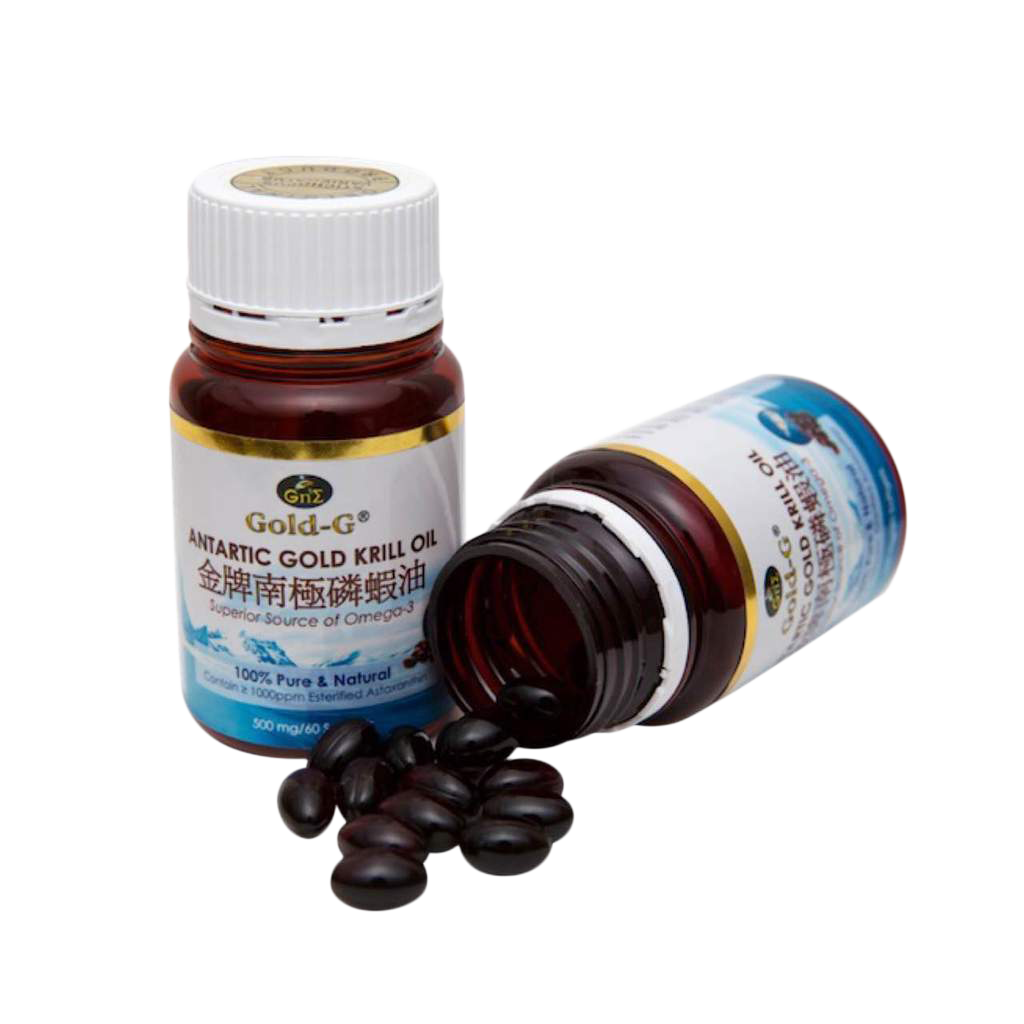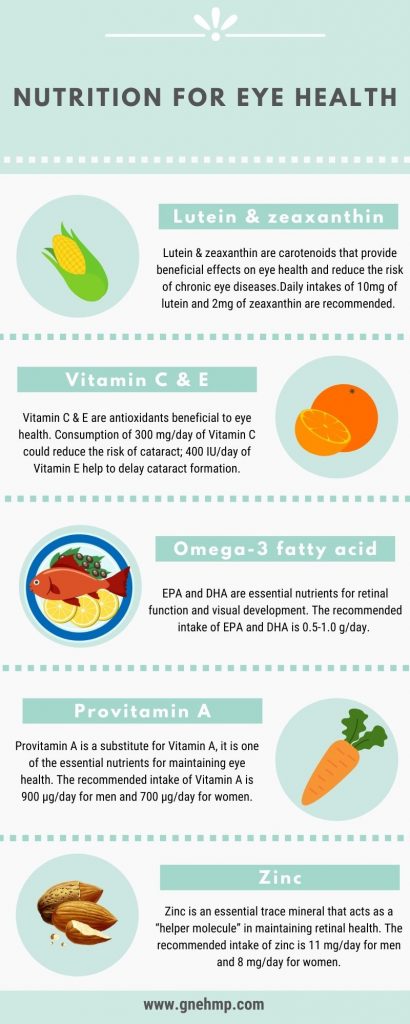Computer vision syndrome (CVS) is also known as Digital Eye Strained (DES), which is a condition related to vision problems resulting from prolonged use of digital devices such as computers, tablets, and smartphones. It is a common condition that may occur on many adults, especially those office workers who face the computer for a whole day. In a study related to CVS conducted by Akinbinu and Mashalla in 2014, there were over 62% of employees use computers more than six hours daily, and globally estimated 45 to 70 million people spend hours on various digital devices. Besides prevalence on adults, there is a multination European study 2016 reported that about 68% of children regularly use a computer and 54% undertake online activities by 3 years of age and a few studies reported that children may experience similar symptoms related to adult CVS.
Sign and symptoms
- headache
- blurred vision
- eyestrain
- redness
- dry eye
- watery eyes
- neck and shoulder pain
However, the symptoms persisted might be the complication with other conditions, such as lack of exercise, unhealthy diet, smoking, and lack of sleep.
Risk factors
The risk factors of CVS are highly related to the usage of digital devices, such as prolonged use of digital devices, improper viewing distance, poor seating position and posture, poor lighting, or dark environment. Besides, uncorrected vision problems may worsen eyesight and influence eyes health.
Prevention and management
- Adjust the distance between seat and computer: The position of the computer screen should be one arm distance or preferably longer distance, which is about 20 – 40 inches, with the screen placed at or slightly lower than eye level and kept directly in front of the seat.
- Correct posture: Sitting up straight with comfortable posture, head facing forward, shoulder relaxed, back straight, and feet flat on the floor. It is better to have a backrest to support the lower back.
- Rest in between: Rest a while after 20 minutes working on the computer, and gaze into a distance of at least 20 feet for 20 seconds and more. This can help to increase work efficiency and prevent eyestrain.
- Blinking eyes more often: Blinking your eyes can moisten your eyes, reduce dryness and irritation.
- Proper lighting: Always avoid working in a dark environment, make sure the lighting is bright and suitable in working space. Also, adjust the brightness of the screen if you feel uncomfortable when the screen is too dim or too bright.
- Screen filter: A screen filter or antiglare filter, may help to filter the light emitted from the monitor’s screen, avoid reflection, and reduce annoying reflected glare image.
- Visit optometry to correct eye and vision problems: Visit optometry for an eye exam and consult with optometrist regarding the vision problems. Wear the spectacles or contact lens suggested by optometrist after eye examination.
- Wear spectacles with blue light filtering function: Exposure to blue light can be harmful to the retina, while exposure in longer duration might induce photochemical damage. Spectacles with the blue light filtering function can protect the eyes against blue light hazard, whereby it helps to reduce phototoxicity by 10 – 23 % without degrading visual performance.
- Consume a healthy diet: Eating more fruits, vegetables, and whole grains, where these foods are rich in vitamins, minerals, antioxidants and phytonutrients that are beneficial to eyes health. For example, consume carrots and sweet potatoes that are rich in vitamin A which is essential to the functioning of the eyes; Consume berries such as blueberry, raspberry, cranberry, and goji berry, where they are rich in anthocyanin which can help to protect and strengthen eyesight.
Health supplements
When you are unable to consume a healthy diet rich in nutrients that are beneficial to your eyes, you may consider a health supplement.
1. Lutein and zeaxanthin are the carotenoids that can be found in corn, eggs, green pea, and green leafy vegetables, such as kale, spinach, collards, etc. Recent studies suggested daily intakes of 10mg of lutein and 2mg of zeaxanthin may provide beneficial effects on eye health and may help to reduce the risk of chronic eye diseases. However, lutein and zeaxanthin existed in food might be destroyed by heat during cooking processes. Hence, supplements with lutein and zeaxanthin are recommended.
2. Vitamin C and E are the antioxidants that can provide benefits to eye health. Vitamin C can be found in fruits and vegetables, such as orange, grapefruit, spinach, tomato, etc. While vitamin E can be found in fortified cereals, nuts (hazelnut, almond), and seeds (sunflower seed). The recommendation of vitamin C intake by U.S. Food and Drug Administration (FDA) is 90 mg/day for men and 75 mg/day for women; and the recommendation of vitamin E intake is 22 IU/day for both men and women. However, supplementation with at least 300 mg/day of vitamin C may help to reduce the risk of cataract, while consumption of 400 IU/day of vitamin E can help to delay cataract formation.
3. Omega 3 fatty acids containing EPA and DHA are essential nutrients for retinal function and visual development. A randomized controlled study showed that supplementation with omega 3 fatty acids may reduce dry eye and computer vision syndrome. Food sources of EPA and DHA included fish (salmon, trout, mackerel), krill, certain seafoods (oyster, lobster, scallop, shrimp) and egg. The consumption of 0.5-1.0 g/day of EPA and DHA was recommended by America Heart Association (AHA), while U.S. FDA suggested consumption below 3g/day is generally considered safe.
4. Provitamin A carotenoid is a substitute for vitamin A, which is one of the essential nutrients for maintaining eye health. Overconsumption of vitamin A will cause toxic effects, while the human body can produce vitamin A by converting the carotenoid or provitamin A into vitamin A, hence Provitamin A carotenoid is recommended. Foods containing vitamin A include beef liver, sweet potato, carrot, pumpkin and dairy products. The recommended intake of vitamin A is 900 µg/day for men and 700 µg/day for women.
5. Zinc is an essential trace mineral which acts as a “helper molecule” that may aid retinal health by bringing the Vitamin A from the liver to retina for the production of eye protective pigment, melanin. Zinc can be found in oyster, crab, red meat and poultry, whole grains and beans. The recommended intake of zinc by the European Food Safety Authority (EFSA) is 11 mg/day for men and 8 mg/day for women.

GNE Gold-G® Health Food Series:
Gold-G® Antarctic Gold Krill Oil
Krill oil is an increasingly important source of omega-3 fatty acids specific for DHA and EPA. The fatty acids in krill oil are found in the form of phospholipid, which provides better bioavailability in terms of absorption and effectiveness. Besides, krill oil also contained a natural antioxidant, astaxanthin that could protect against oxidation and provide several health benefits.
Omega-3 fatty acid is an essential nutrient for retinal function and visual development, which could also improve dry eye disease and improve computer vision syndrome. Astaxanthin is a strong antioxidant that could reduce oxidative damage on cells, provide eyesight protection, and reduce eyestrain.
Click the link below for direct purchase.
References
- Akinbinu TR, Mashalla YJ, 2014. Impact of Computer Technology on Health: Computer Vision Syndrome (CVS). Medical Practice Review, 5. 20 – 30. Available at: https://academicjournals.org/article/article1416236222_Akinbinu%20and%20Mashalla.pdf
- Bali J, Neeraj N, and Bali RT, 2014. Computer vision syndrome: a review. J Clin Ophthalmol Res., 2, 61-8. Available at: http://www.jcor.in/article.asp?issn=2320-3897;year=2014;volume=2;issue=1;spage=61;epage=68;aulast=Bali
- BhargavaR, Kumar P, Phogat H, et al., 2015. Oral omega-3 fatty acids treatment in computer vision syndrome related dry eye. Contact Lens and Anterior Eye, 38:206–10. doi:10.1016/j.clae.2015.01.007
- Heiting G, Wan LK., 2019. Computer eye strain: 10 steps to relief. All About Vision. Available at: https://www.allaboutvision.com/cvs/irritated.htm
- Khoo HE, Ng HS, Yap WS, Goh HJH, Yim HS, 2019. Nutrients for Prevention of Macular Degeneration and Eye-Related Diseases. Antioxidants (Basel). 8(4):85. doi:10.3390/antiox8040085. Available at: https://www.ncbi.nlm.nih.gov/pmc/articles/PMC6523787/#B88-antioxidants-08-00085
- Computer Vision Syndrome. American Optometric Association. Available at: https://www.aoa.org/patients-and-public/caring-for-your-vision/protecting-your-vision/computer-vision-syndrome
- Richer S, Newman S. Diet & Nutrition. American Optometric Association. Available at: https://www.aoa.org/patients-and-public/caring-for-your-vision/diet-and-nutrition
- Sheppard AL., and Wolffsohn JS., 2018. Digital eye strain: prevalence, measurement and amelioration. BMJ Open Ophthalmology, 3. doi: 10.1136/bmjophth-2018-000146. Available at: https://bmjophth.bmj.com/content/3/1/e000146
This website does not provide medical advice. The content of this website, such as graphics, images, text and all other materials, is provided for reference and educational purposes only. The content is not meant to be complete or exhaustive or to apply to any specific individual’s medical condition. Always seek the advice of your doctor or other qualified health provider regarding a medical condition.





